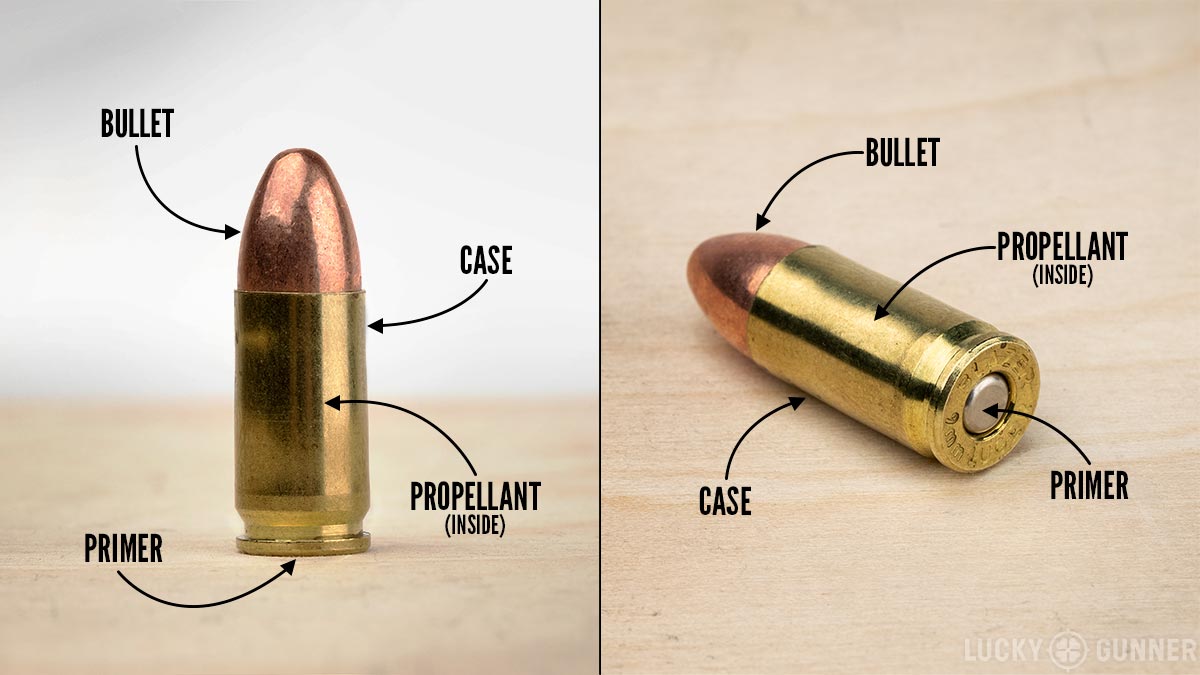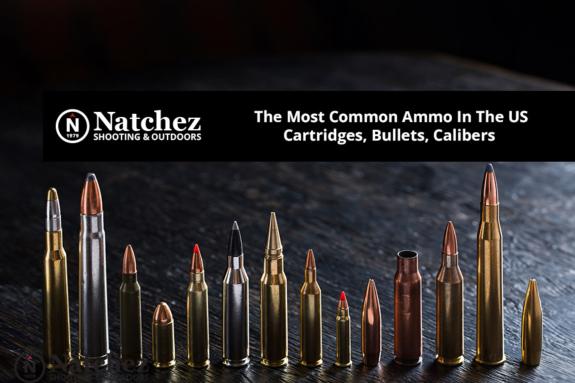Ammunition Pro Llc Fundamentals Explained
Ammunition Pro Llc Fundamentals Explained
Blog Article
Ammunition Pro Llc for Dummies
Table of ContentsSee This Report about Ammunition Pro LlcThe Main Principles Of Ammunition Pro Llc The 20-Second Trick For Ammunition Pro LlcNot known Facts About Ammunition Pro LlcGetting The Ammunition Pro Llc To Work
The basic components of ammo are the very same for rifle, pistol, and shotgun ammo. Knowing just how ammo works is a crucial aspect in being an accountable gun proprietor. Today we're checking out the what the fundamental parts of ammo are and just how they collaborate to discharge a round. The basic components of ammunition revealed on a 9mm. Discount Ammo round.It houses the primer and powder. The bullet is seated outdoors end of the case. When you discharge a bullet out of a semi-auto gun, the gun's extractor lifts the case from the firing chamber and it flies out of the weapon. The instance is also often referred to as shells, brass, or housings.
A gun's firing pin strikes a cartridge's primer. The guide is located in the rim of the case of a rimfire cartridge.
What Does Ammunition Pro Llc Do?
Both common types of guides in centerfire cartridges are Berdan and Fighter guides. Gunpowder beside the instance that commonly includes it. Powder, likewise called propellant or gunpowder, is a fast-burning chemical blend. The guide surge ignites it. It is normally a blend of saltpeter, charcoal, and sulfur.

We call the projectiles for shotshells, which we terminate with shotguns, slugs and shot. Now that you have a basic understanding of the basic parts of ammo, you can really feel a little much more confident in exactly how your weapon and ammunition feature!.
Unknown Facts About Ammunition Pro Llc
Stay on par with Special Deals, Advancement Notice of Sales, and Shop Events
Enjoyable truth: Grains are made use of to describe the mass of a bullet since right back in the early days of weapons, it was a dispenser's device of dimension, and a common denominator was needed to figure out just how much bring about make use of to make cast lead bullets (Gun Ammo). 'Grains' as an unit of measure for weight goes all the way back to old times, and stands for the weight of a grain of wheat

(https://arcticdirectory.com/gosearch.php?q=Ammunition+Pro+LLC)For reference, the weight of a paper clip has to do with 16 gr. We understand that grains are a procedure of mass, and more = heavier, and heavy is good? Yes, hefty is good, yet mass of the projectile isn't the only point you need to take into consideration when picking a round for your firearm.
The 6-Minute Rule for Ammunition Pro Llc
Fun fact, this is the origin of the term "Rifle" ex. The impact this spin has on projectiles is a stabilizing one the bullet revolving maintains the nose aimed straight, in the exact same method that a flawlessly spiraled football toss is going to be much more secure and exact in flight than an ugly duck, end over end toss.
Exactly how does this relate to grain weight? Picture you're on one of those playground carousels, the ones with bars you hold on to while it spins.
The same impact happens with bullets. The much heavier the projectile, the more result a much faster rotate will have on it.
The 9-Minute Rule for Ammunition Pro Llc
There's an additional element that we have to think about when selecting a grain weight for our ammo. As hinted at above, bullet rate, or the rate of the projectile, is a significant variable when identifying the most effective grain weight projectile to make use of. Rate is affected by a few significant variables, including the kind and quantity of propellant (gunpowder), barrel length, and bullet weight.

The most usual grain weight rounds for 9x19mm cartridges are 115gr and 124gr. These are commonly lead core, fully jacketed (FMJ) rounds. Both of these grain weight cartridges will certainly execute well in factory 9mm handguns, to normal pistol ranges (approximately 50 yards). 115 grain rounds are one of the most typical (and as a result least expensive).
Report this page